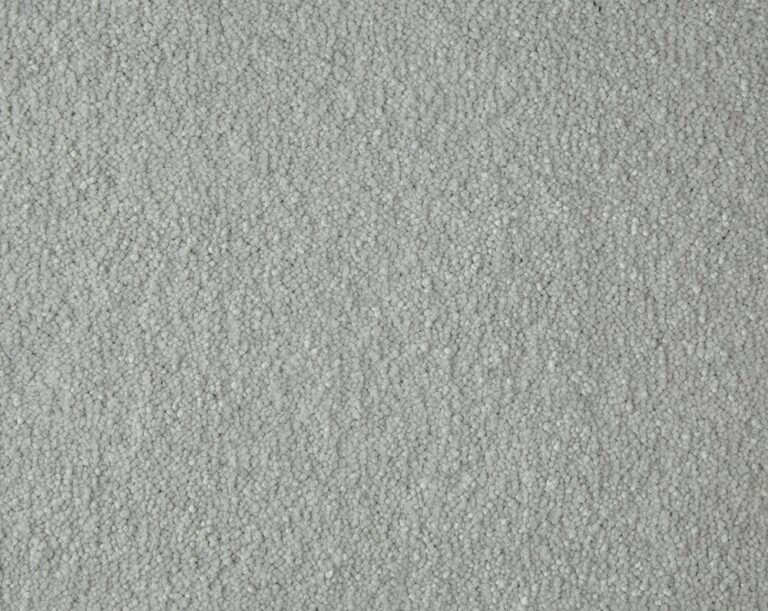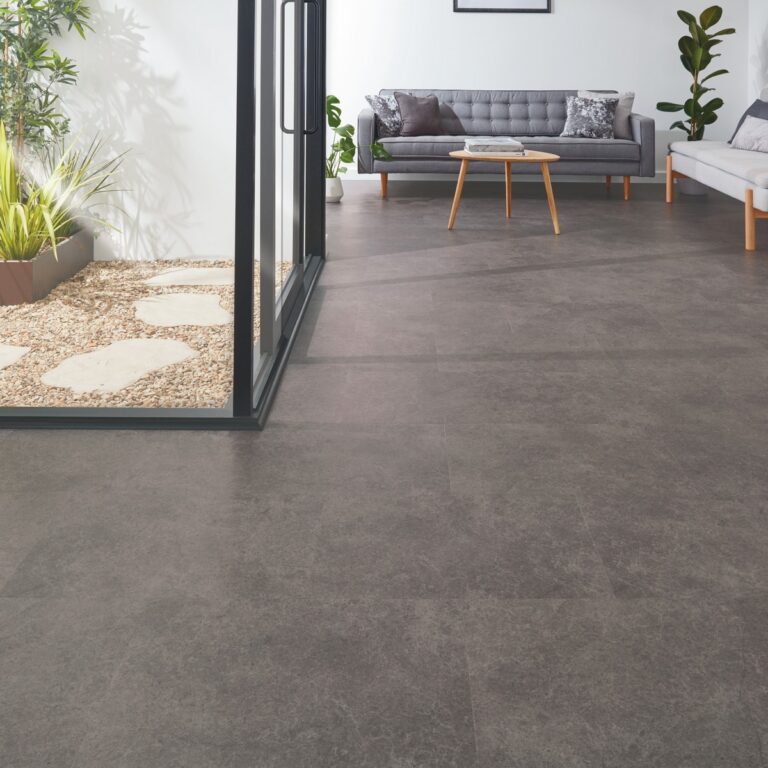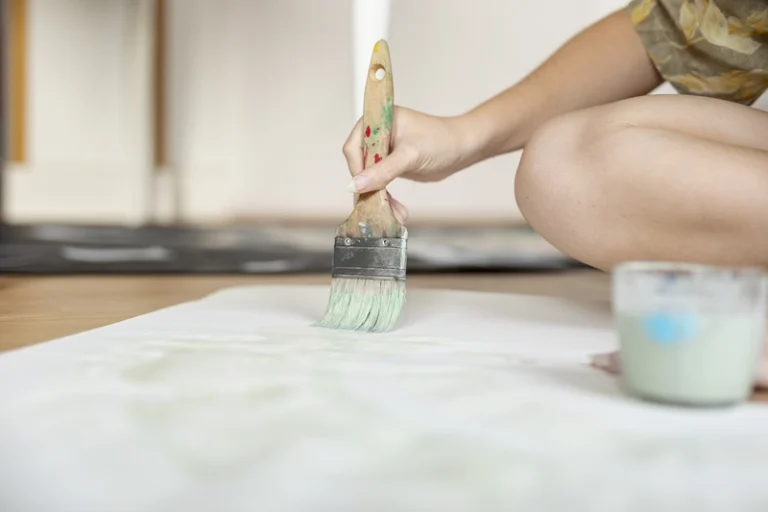Engineered wood flooring is an excellent choice if you’re seeking an elegant appearance at an efficient cost. It is easier to maintain and install compared to traditional wood flooring, but proper preparation is crucial before laying engineered wood flooring, especially in diverse rooms. This comprehensive guide will walk you through laying engineered wood flooring!
Is It Difficult to Lay Engineered Wood Flooring?
For those who have never built flooring or are unfamiliar with home construction work, the question may arise: “Is it difficult to lay engineered wood flooring?” Fret not; you’re not alone. True to its name, engineered wood flooring has been designed for easier installation compared to real hardwood flooring. With the right tools and methods, laying engineered wood flooring can be a manageable task for you.
Method to Lay Engineered Wood Flooring
Also known for its convenience, there are three methods to lay engineered wood flooring. Here’s the detail!
1. Floating
Floating is the easiest method for laying engineered wood flooring, and some options even come with locks to streamline the process. In this approach, start by preparing the underlayment and layout. Utilise the interlock system, employing either a tongue-and-groove or click-lock mechanism on the flooring.
This method is suitable for: Concrete, wood, or existing flooring.
2. Glue Down
For a sturdier flooring option, consider the glue-down method when laying engineered wood flooring. This technique involves using adhesive material or glue, offering increased stability. Keep in mind that due to the adhesive glue, removing or replacing the engineered wood flooring may be more challenging.
This method is suitable for: Concrete or plywood subfloor.
3. Staple Down
Another method to lay engineered wood flooring is by staple-down installation. In this method, you can use a wood staple, hammer or nails. This method also offers more stability but a little noise.
This method is suitable for: Plywood or wood subfloors.
What is The Best Way to Lay Engineered Wood Flooring?
The optimal method for laying engineered wood flooring depends on several factors. Assessing your subfloor type, budget considerations, and available time, especially if tackling the task alone, is crucial. Floating is the easiest option, employing interlocking systems for simplicity.
If seeking enhanced stability, the glue-down method, utilizing adhesive material, is recommended. Each approach has its merits, with floating being user-friendly and glue-down providing a firmer foundation. Ultimately, the best way to lay engineered wood flooring is a personalized decision, considering your specific circumstances and preferences for a durable and aesthetically pleasing result.
Tools You Need to Lay Engineered Wood FlooringStep by Step on How to Lay Engineered Wood Flooring
Some tools you need to prepare on how to lay engineered wood flooring are:
- Hack Saw, for cutting materials.
- Spacers, to maintain expansion gaps.
- Knocking Block and Rubber Head Hammer, to safely secure the boards.
- Pulling Bar, to secure the boards in tight spaces.
- Mitre Block or Mitre Shears, for cutting scotia.
- Chisel, to undercut door frames and skirting.
- Utility Knife, to cut underlay.
- Tape Measure, to get correct measurements.
- Duct Tape, to join the section of underlay together.
- Circular Saw, for cutting materials.
- Multi-Tool. to undercut door frame and skirting.
- Jigsaw, for precise cut obstacles.
- Pin Gun or Hammer, to attack the scotia.
All of the tools above can be found in any Home Depot or you can borrow your neighbours if some of the tools are too expensive for one use.
What Do You Lay Under Engineered Wood Flooring?
Before laying engineered wood flooring, you need to do moisture protection. Some of the options are foam, rubber, moisture barrier, felt underlayments or combinations of them.
Step by Step on How to Lay Engineered Wood Flooring
Let’s delve into the detailed process of laying engineered wood flooring, where careful attention can minimize errors. Here’s your guide:
1. Acclimate Your Flooring
Begin by measuring your floor and the quantity of engineered wood flooring needed. Pay close attention to the room’s curves, doorways, and the temperature and moisture levels.
2. Installing Underlay
Check for any debris, nails, or materials that may disrupt the flooring. Ensure a clean and smooth surface. Install the underlay, aligning it with the wood direction or towards the light source, such as a window.
3. Laying the Engineered Wood Flooring
With the preparation complete, start laying the engineered wood, using spacers to create gaps in the floor. Begin from the left and progress to the right in the first row, covering the entire floor.
Remember! Avoid excessive hammering, leaving a minimum gap of 2,000 to 3,000 millimetres between each board. When encountering corners or indentations, use a jigsaw to customize the engineered wood flooring.
4. Finishing
For the finishing touch, use a “T-Profile” to bridge the gap between the wall and the floor. This ensures a seamless transition between your new floor and adjoining rooms, especially beneficial if your house’s hallways have carpet. Begin by cutting the underlay to guide the T-Profile onto the board and subfloor. Take precise measurements, use a chop saw to cut the T-Profile accordingly, and secure it with glue.
5. Protecting the New Floor
Preserve the longevity of your new floor by using a dry mop for cleaning due to the material’s sensitivity. Avoid exposure to water sources, moisture, or similar substances to ensure the flooring’s durability in the long run.
These five installation steps for engineered wood flooring can be applied to both concrete and plank floors, encompassing measurement, base installation, wood installation, and the finishing process.
How Much to Lay Engineered Wood Flooring?
When budgeting for engineered wood flooring, it’s not just about the monetary cost; consider your time and energy investment as well. Installation expenses can vary based on the desired model, delivery costs, and additional charges. At TEKA Flooring, we offer top-notch quality at a reasonable price. Consult with our team for the best deals.
Careful preparation is key when laying engineered flooring. From understanding your subfloor type to selecting the right floorboard and mastering the installation process, meticulous planning ensures a successful outcome. If you’re considering engineered flooring for your home, consult with TEKA for assistance and attractive prices. Check out our products now!
If you are planning to use engineered flooring for your home and need to consult with TEKA for assistance and attractive prices, check our product now!














